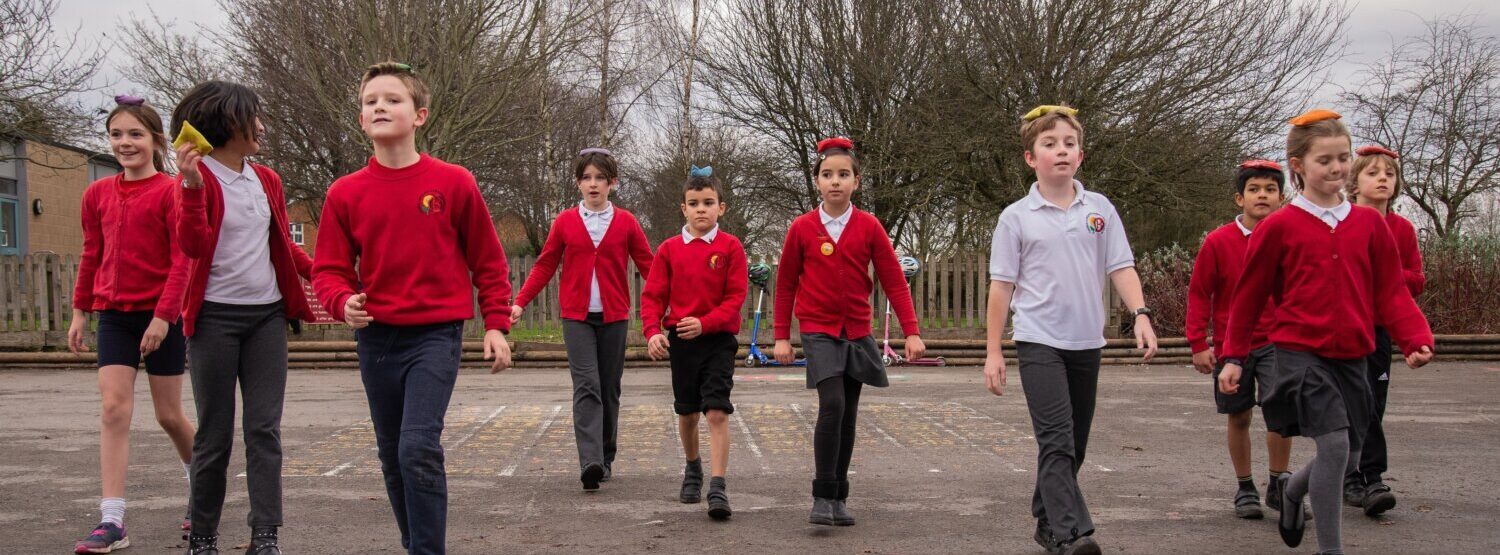

Daily Activity plays a key role in developing happier, healthier and stronger schools. We’re here to help you introduce more physical activity into the school day to improve focus, attainment and health in your school.
Statistically, today’s kids are part of the least active generation in history. The National Active Lives Children and Young People Survey doesn’t tell a good story for children’s physical activity levels locally. 57.4% of children are doing fewer than an average of 60 minutes of activity a day. This falls short of the Chief Medical Officer’s guidelines, which says that all children and young people should do at least 60 minutes of physical activity each day.
Helping your pupils to be more physically active through daily activity initiatives can help.
Short bursts of activity can break up periods when children are not focusing or are fidgety.
Improvements in focus lead to better work. Take a look at this BBC Super Movers Study.
Children want to learn (and come to school) because the day is more fun when it’s active and moving!
Sitting for long periods can lead to poor health, as well as a lack of concentration, even if we’re active at other times. Whatever your age, sitting for too long slows metabolism and leads to a build-up of visceral fat. This can contribute to obesity, type 2 diabetes, and some cancers.
Moving more plays a part in improving our mental health, whether it’s through the release of endorphins or by joining in activity alongside others.
Daily activity can consist of active travel, active learning, active bursts, active playtime and active home. The Chief Medical Officer guidelines recommend a minimum of 30 minutes at school and 30 minutes at home.
We’ve made it our mission to make it easier for you to access all the resources and programmes that are available for schools, along with best practice and case studies. Delve into the links below for more ideas on how you can boost physical activity levels and attainment in your school.